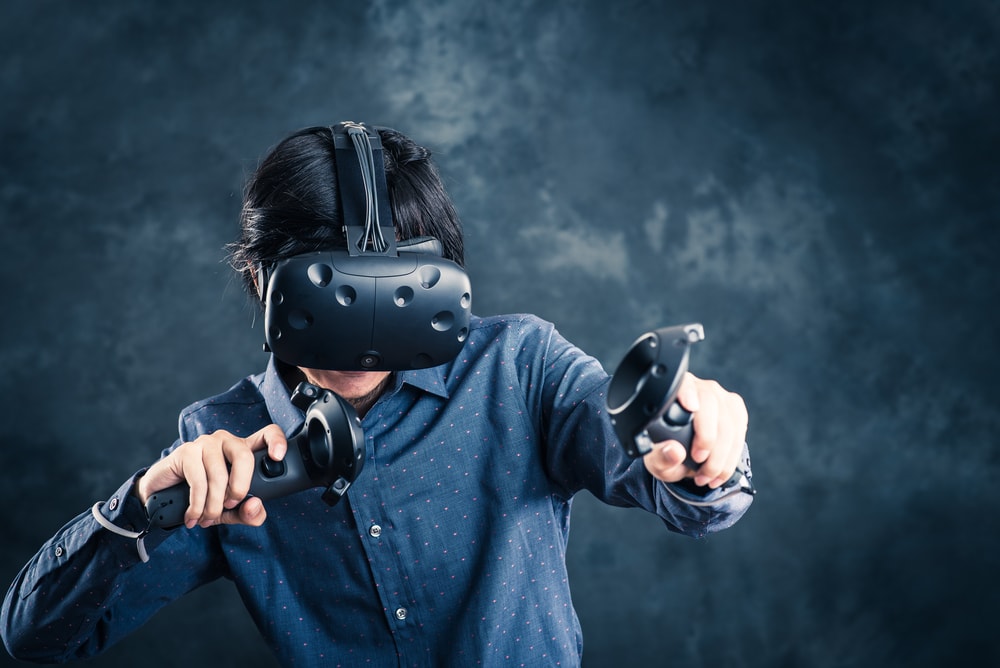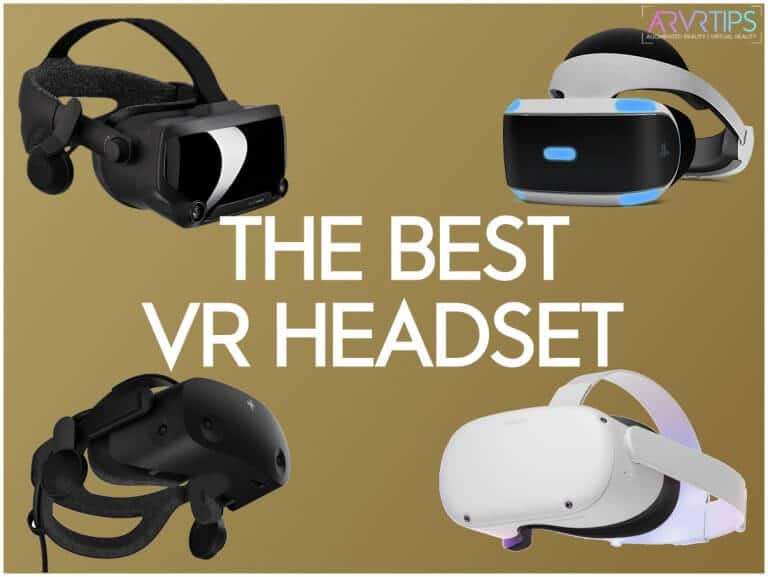

It’s time in 2020 to expand AI to other HR processes. #3) Look for New Use Cases of AI 4 HRĪrtificial intelligence is being used in talent acquisition at both L’Oreal and Hilton Hotels to deliver significant results increasing speed to hire and allowing recruiters to assume more strategic roles. This allowed DBS recruiters to perform higher-value work such as sourcing, recruitment marketing, and engaging with candidates, and it even inspired them to create a new job role: Chatbot Coach training the chatbot with the latest information to answer candidates’ queries. respond to 96% of all candidate queries.improve completion rate of job application from 85% to 97% and.shorten the screening time from 32 minutes per candidate to 8 minutes per candidate.

Best practices in vr supported employment how to#
Knowing how to orient, develop, engage, and work side by side with a bot will be the newest skill set for 2020, as human and bot teams will work together and, in many cases, outperform either humans or bots working on their own! How you orient, develop and engage your blended workforce in 2020 will be your competitive advantage.ĭBS Bank, the largest bank in Southeast Asia was an early adopter to using a chatbot for recruiting high-volume jobs in the consumer bank.ĭBS created a chatbot to augment talent acquisition and was able to: This includes Amazon Alexa for Business and an array of conversational bots used for all types of HR processes. As Gartner predicts, by 2021 25% of workers will use a virtual employee assistant (VEA) daily, an increase from less than 2% in 2019.

Research among 8,370 global HR leaders, hiring managers and employees conducted by Oracle and Future Workplace found that half (50%) of workers already use some form of A.I. In 2020 when we refer to the "blended workforce," we mean humans and bots working together. When we think of the blended workforce we often think of full-time workers working side by side with contract and gig workers. According to Fenlon, "The real power lies in creating a wellbeing culture, making a commitment to wellbeing at the individual, team, and organizational levels and equipping employees with technology that promotes wellbeing behaviors." This is just the advice we need as we craft our HR agenda for the 2020 workplace! #2) Prepare for Humans + Bots as The New Blended Workforce These habits are identified in the PwC Habit Bank and range from reminding employees to stand up for short meetings, wind down prior to sleep, make time to be outside with nature, turn off smartphone notifications, and decide what "not" to do as well as what to "focus" on!īut just providing the information on wellbeing isn't enough. This makes wellbeing tangible rather than an abstract concept. Then PwC team set out to identify specific practices that can improve wellbeing. We decided as a firm it was time to study this and take action." PwC conducted a comprehensive study among their global workforce with University of Southern California (USC) to explore this in depth.įirst, PwC defined worker wellbeing in a holistic way, including physical, mental, emotional, and spiritual lenses. Michael Fenlon, Chief People Officer of PwC, shares why this is growing in importance, "As HR leaders worker wellbeing is impacted by several macro trends such as the growth of the digital economy and the increased need to develop resilience while we are being bombarded by constant social media notifications.


 0 kommentar(er)
0 kommentar(er)
